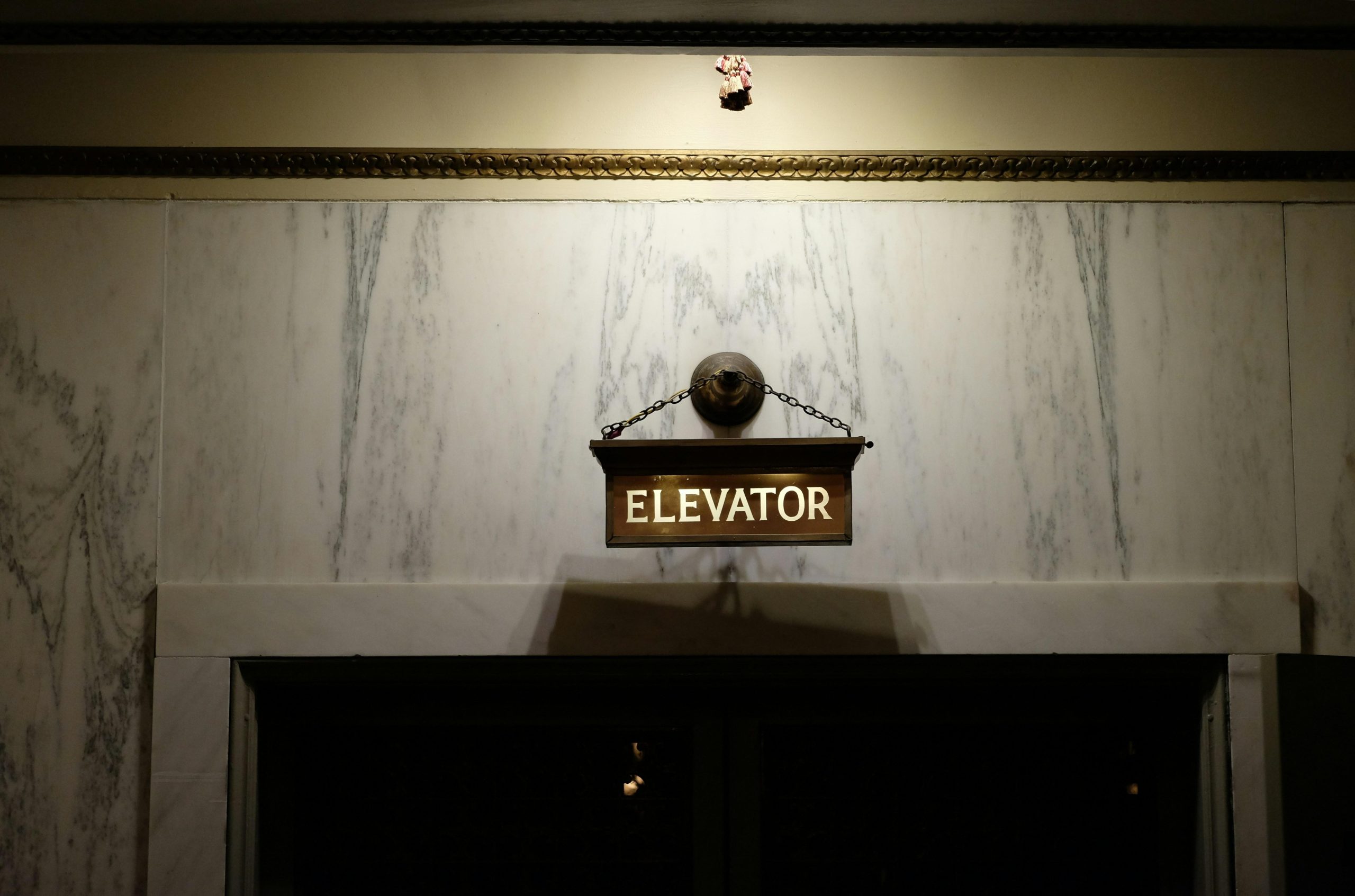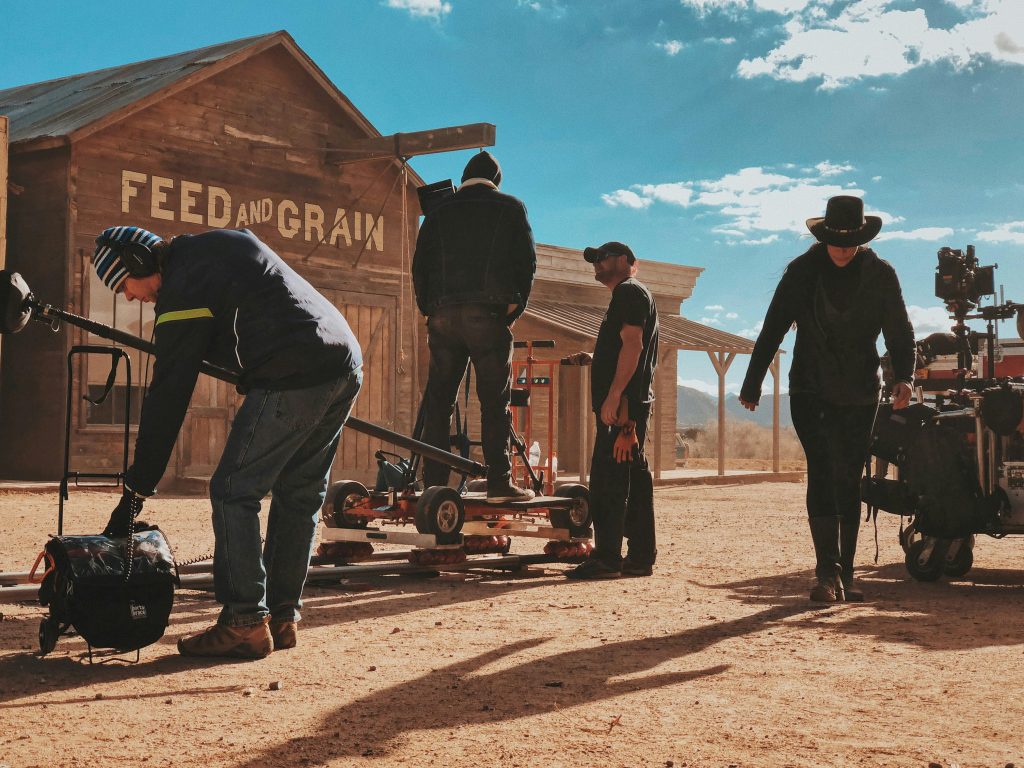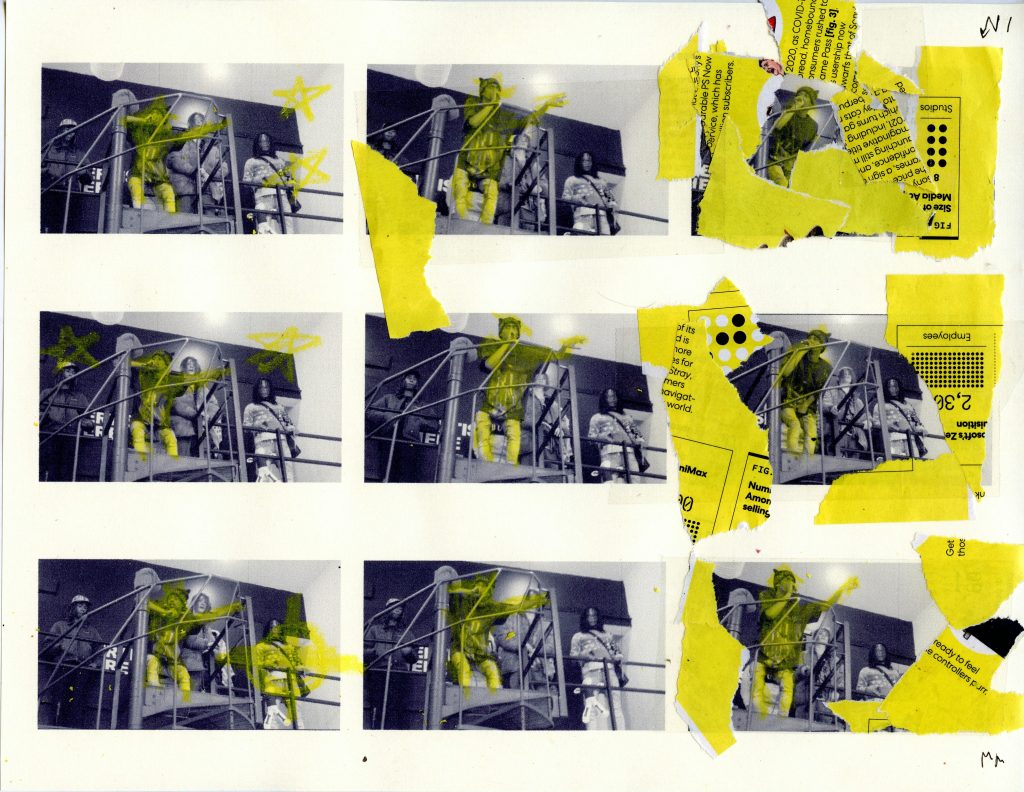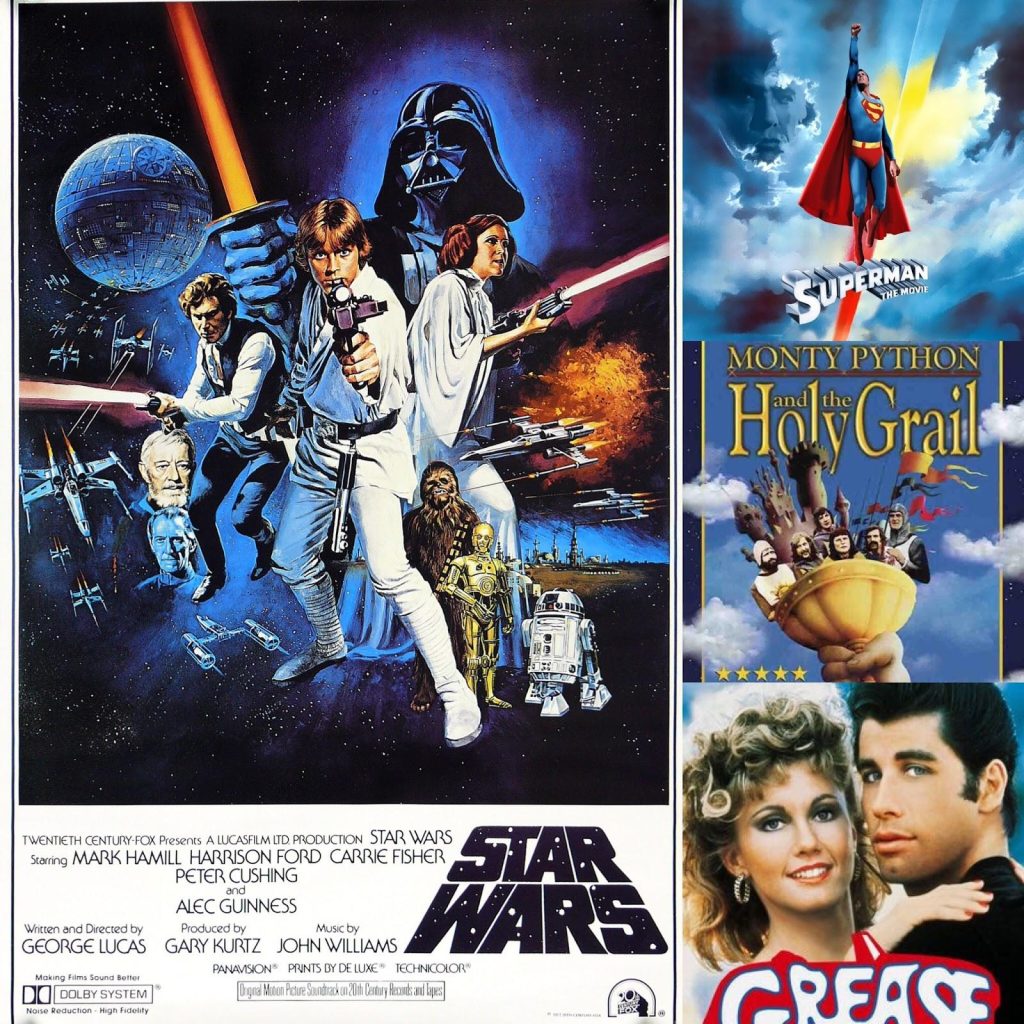In the dim glow of a silver screen, shadows flicker to life, transporting audiences to a bygone era of glamour, charm, and timeless storytelling. The Golden Age of Hollywood, spanning from the late 1920s to the early 1960s, produced cinematic gems that continue to captivate audiences around the world. These films, with their iconic stars and groundbreaking narratives, have left an indelible mark on the tapestry of cinema. Yet, as society evolves and our understanding of cultural representation deepens, a question emerges from the reel of history: Should we still be celebrating these films in today’s world? This inquiry invites us to explore the intricate dance between nostalgia and modern sensibilities, examining the enduring allure of these classic works while considering their place in contemporary culture. Through this lens, we delve into the complexities of honoring a cherished past while striving for an inclusive future.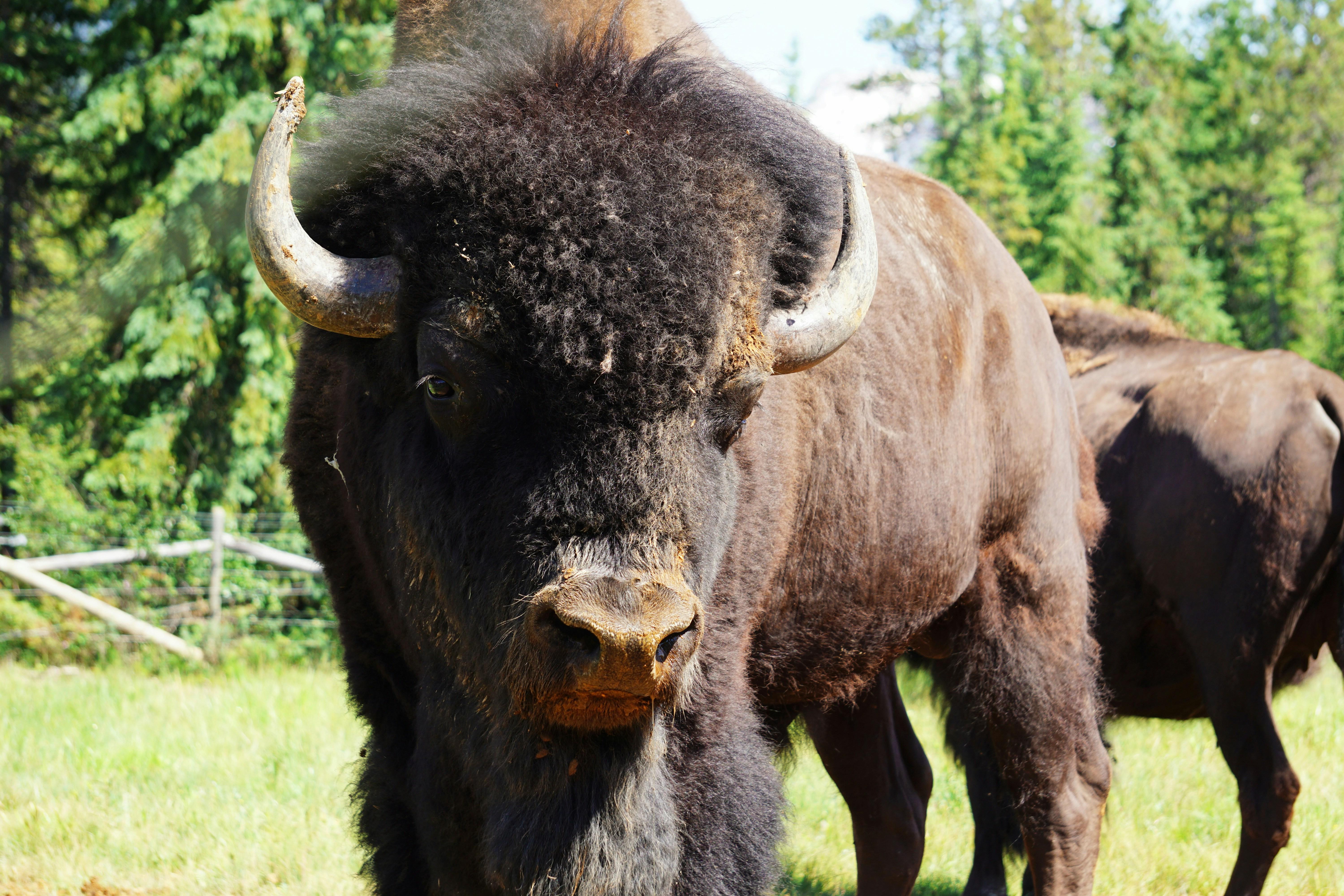
Examining Timeless Artistry and Outdated Attitudes
When we delve into the cinematic treasures of Hollywood’s golden era, we are often greeted with a dazzling display of talent and creativity that has shaped the film industry. However, these classic films also reflect the societal norms and values of their time, which can sometimes appear outdated or problematic by today’s standards. This duality presents a compelling conversation about how we engage with these cultural artifacts.
- Artistic Innovation: Many films from this period introduced groundbreaking techniques in storytelling, cinematography, and sound design. They laid the foundation for modern filmmaking, offering a rich tapestry of visual and narrative artistry.
- Problematic Portrayals: It’s important to recognize that some of these films also perpetuate stereotypes and biases that are no longer acceptable. From racial insensitivity to gender stereotypes, these elements can be uncomfortable reminders of past societal attitudes.
- Cultural Reflection: Viewing these films through a critical lens allows us to appreciate their artistic merits while acknowledging and learning from their flaws. This approach fosters a deeper understanding of how culture evolves and the role cinema plays in that evolution.
Ultimately, celebrating these films involves a delicate balance of honoring their contributions to the art form while being mindful of the outdated attitudes they may convey. It is this nuanced engagement that can enrich our appreciation of cinema’s past, present, and future.
Balancing Nostalgia with Contemporary Values
The films of the Golden Age of Hollywood, spanning from the 1920s to the 1960s, hold a special place in the hearts of many cinephiles. These classic films, with their enchanting stories and charismatic stars, often evoke a sense of nostalgia. However, as we revisit these beloved movies, it becomes crucial to weigh their artistic value against the evolving social consciousness of today’s world. Many of these films were products of their time, reflecting the norms and biases prevalent during that era. To appreciate them today, one must navigate the delicate balance between celebrating their cinematic achievements and acknowledging the problematic elements that may no longer align with contemporary values.
- Artistic Merit: The craftsmanship in storytelling, cinematography, and acting often set the foundation for modern cinema.
- Cultural Reflection: These films provide a window into the social and cultural attitudes of their time, offering valuable lessons in history.
- Problematic Elements: Some films contain stereotypes and outdated portrayals that require critical viewing and discussion.
- Legacy and Influence: The impact of these films on the film industry and pop culture remains undeniable, shaping generations of filmmakers and audiences alike.
In this balancing act, it is essential to foster discussions that both honor the artistic contributions of these films and promote a critical understanding of their context. By doing so, we can appreciate the past while being mindful of the values that guide us today.

Navigating the Complex Legacy of Hollywoods Golden Era
The Golden Age of Hollywood, spanning the 1920s to the 1960s, is often revered for its artistic achievements and iconic stars. Yet, as we delve deeper into this era, it’s crucial to acknowledge the complexities that come with its legacy. This period brought about groundbreaking films that have shaped cinematic storytelling and introduced audiences to timeless classics. However, it also reflected and perpetuated societal norms and stereotypes that today are viewed as outdated or offensive.
- Cultural Representation: Many films from this era portrayed racial and ethnic stereotypes, often casting white actors in roles of people of color through practices like blackface or yellowface.
- Gender Dynamics: The portrayal of gender roles often reinforced patriarchal norms, with female characters frequently depicted as secondary to their male counterparts.
- Industry Practices: The studio system, while efficient in producing films, was notorious for its exploitative contracts and lack of creative freedom for actors and filmmakers.
As we continue to celebrate the artistic triumphs of this era, it’s important to engage in critical discussions about these films, recognizing both their cultural impact and the societal issues they reflect. By doing so, we can appreciate their historical significance while also fostering a more inclusive understanding of cinema’s evolution.

Crafting a Thoughtful Approach to Film Celebration
When considering the recognition and appreciation of films from Hollywood’s Golden Age, it is crucial to develop a nuanced perspective that acknowledges both the artistic achievements and the cultural contexts of these works. This period, spanning roughly from the late 1920s to the early 1960s, produced some of cinema’s most iconic and influential films. These films are celebrated for their innovative storytelling, pioneering techniques, and memorable performances. However, it’s equally important to engage with them critically, recognizing that they often reflect the social norms and values of their time, which can include outdated or problematic depictions.
In crafting a thoughtful approach to this celebration, consider the following points:
- Historical Context: Understanding the socio-political environment during which these films were made can provide insights into their themes and characters.
- Artistic Merit: Appreciate the craftsmanship in terms of direction, acting, and technical innovation that set the stage for modern filmmaking.
- Cultural Impact: Acknowledge the ways these films have shaped societal attitudes and influenced contemporary cinema.
- Critical Reflection: Engage with the films critically, discussing and questioning the portrayals and stereotypes that may not align with today’s values.
By balancing appreciation with critical analysis, we can continue to celebrate these films while fostering a more inclusive and comprehensive understanding of cinema history.

